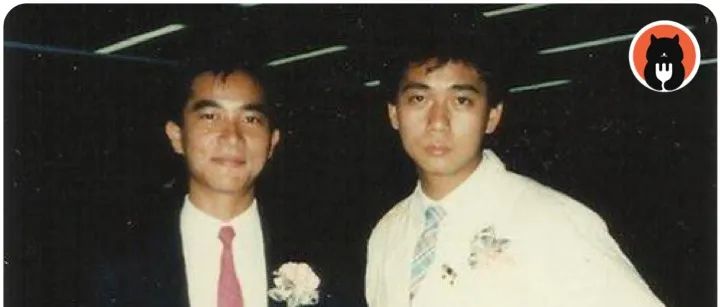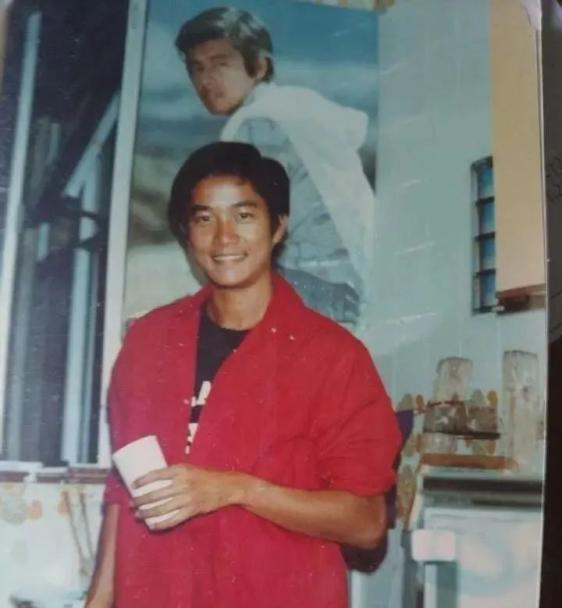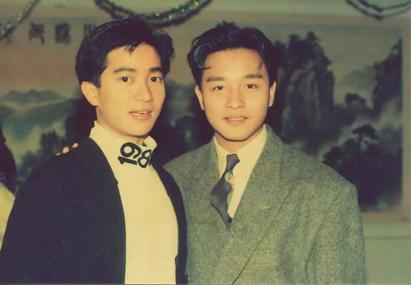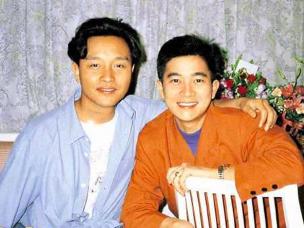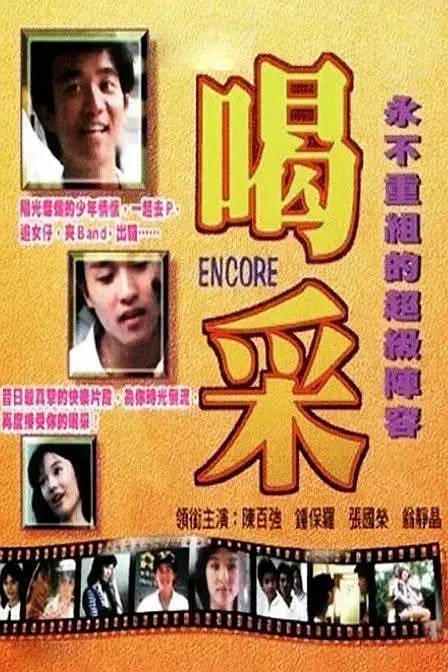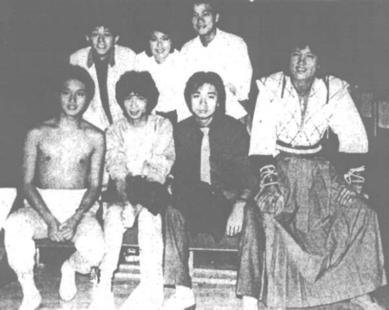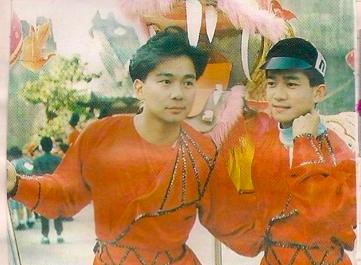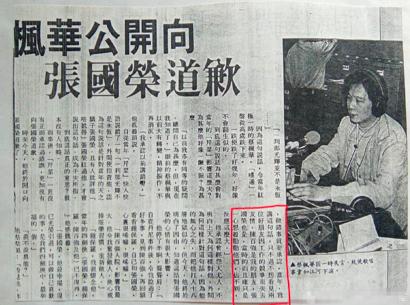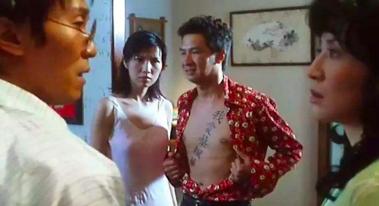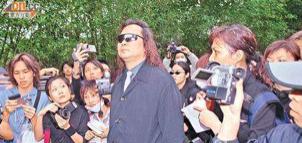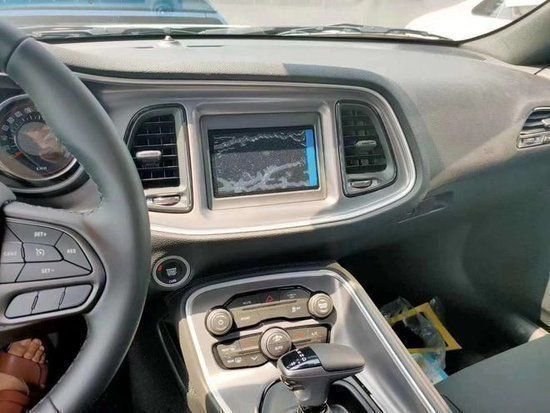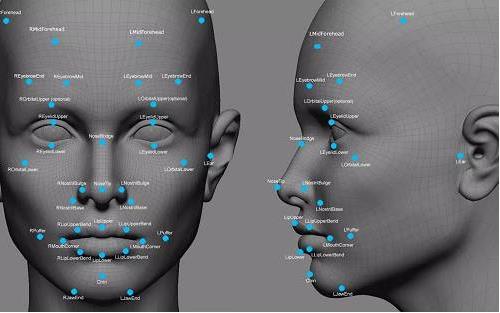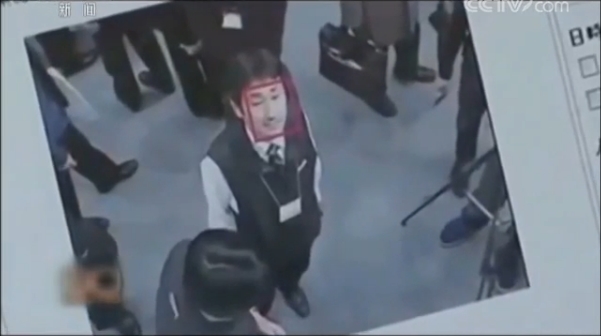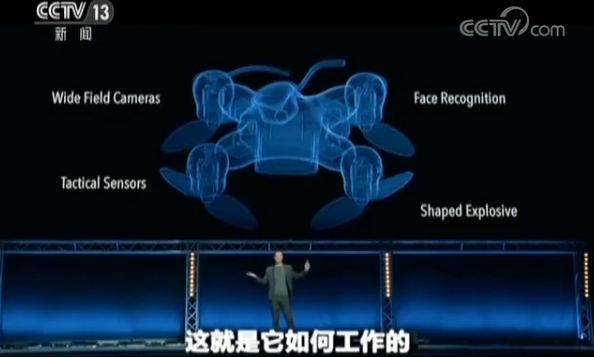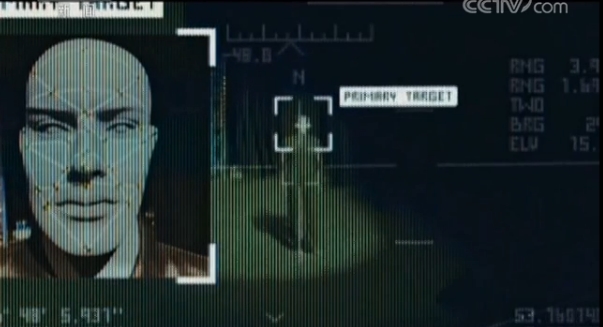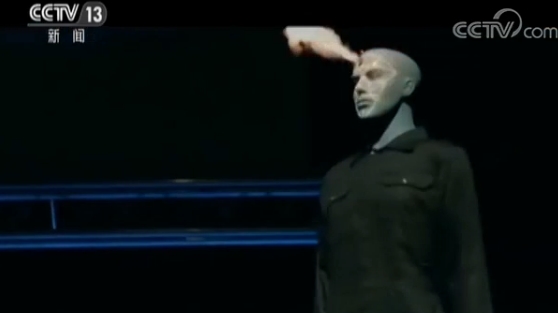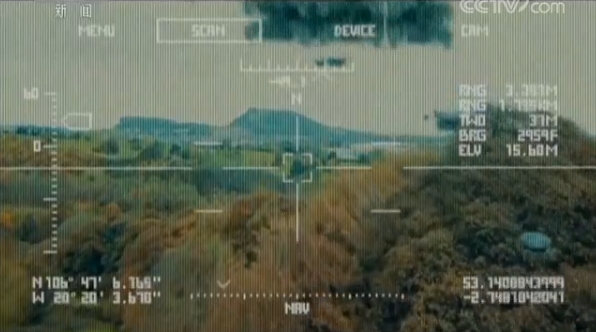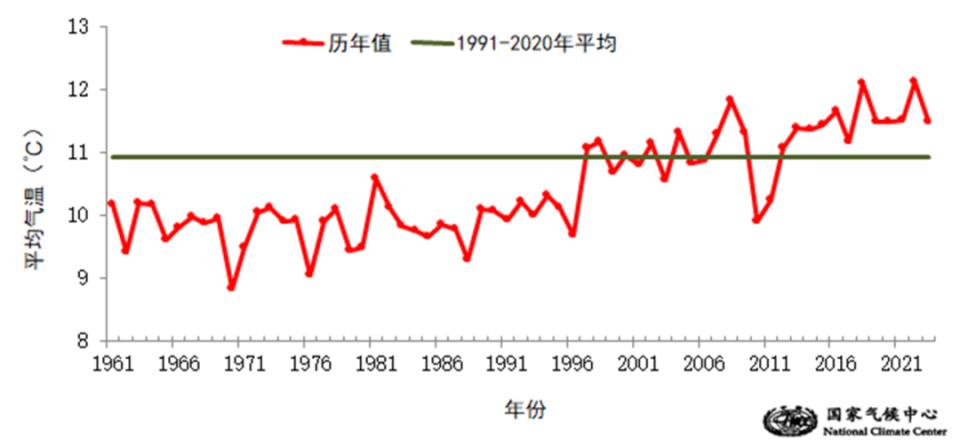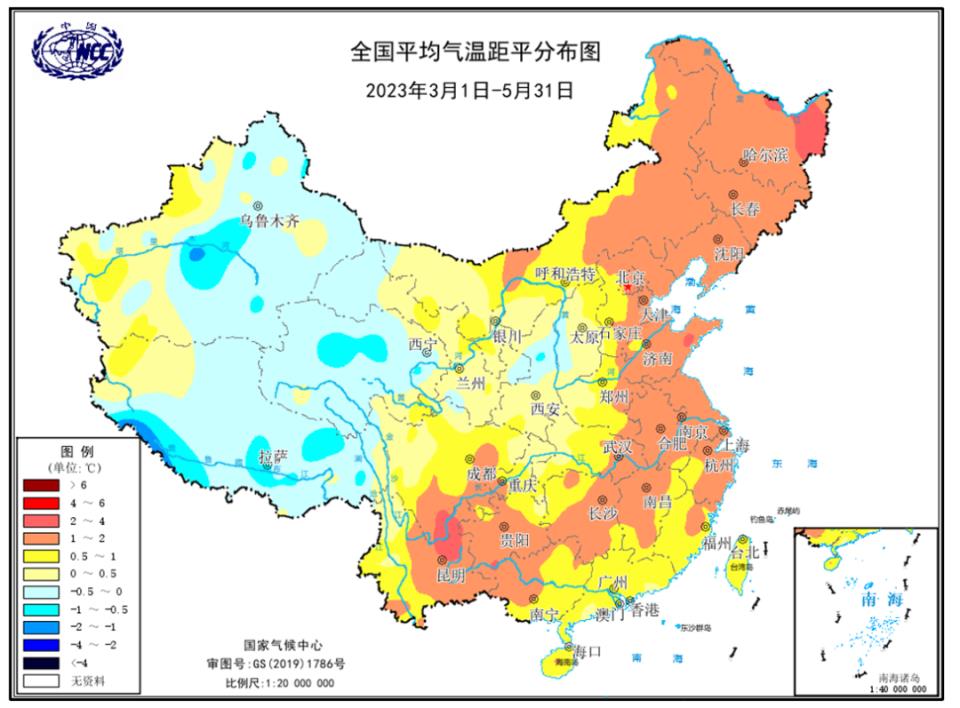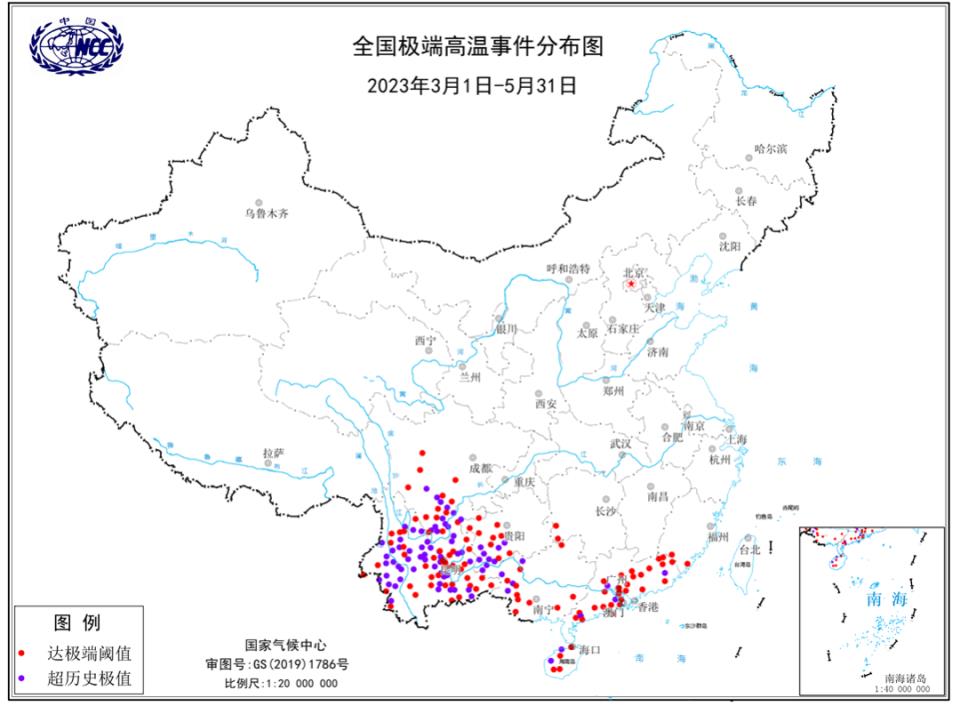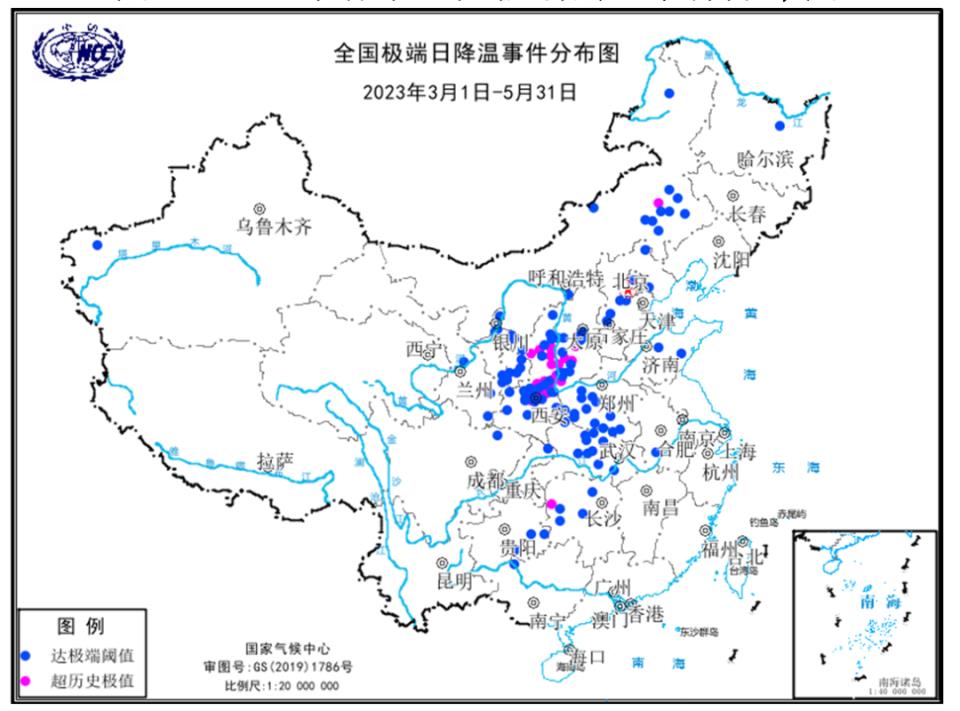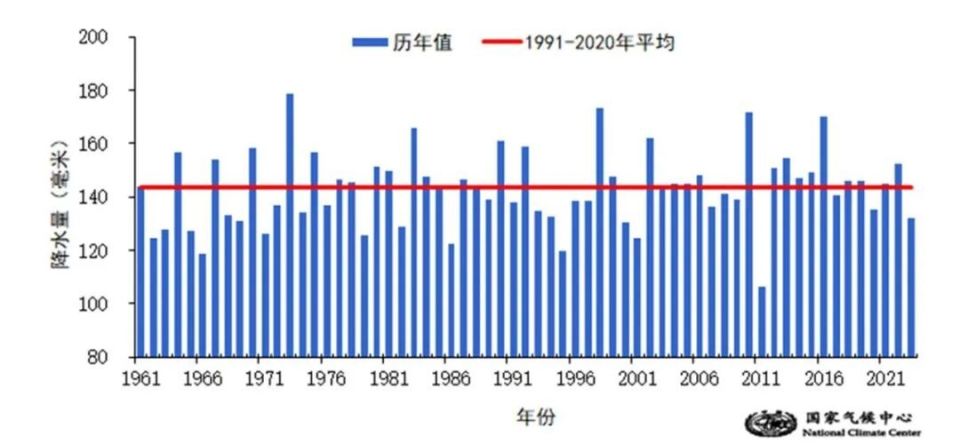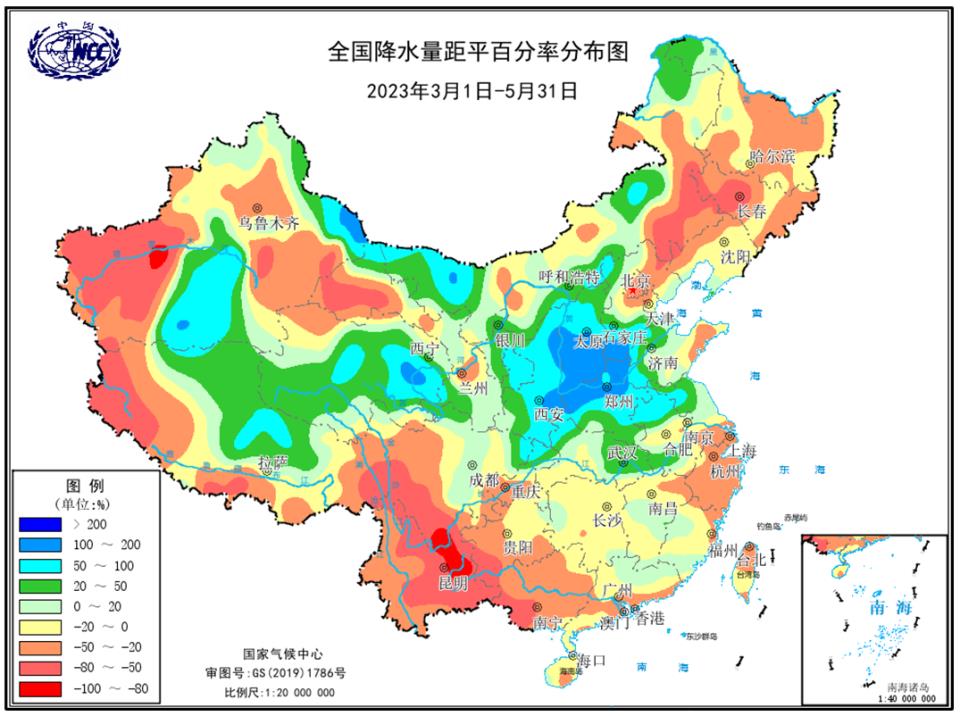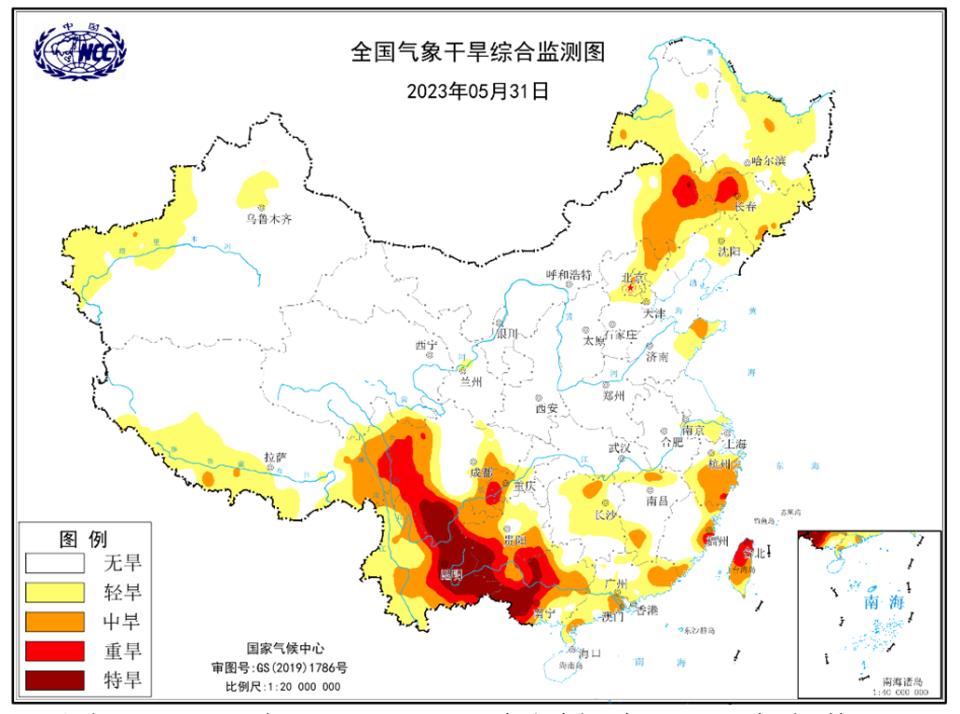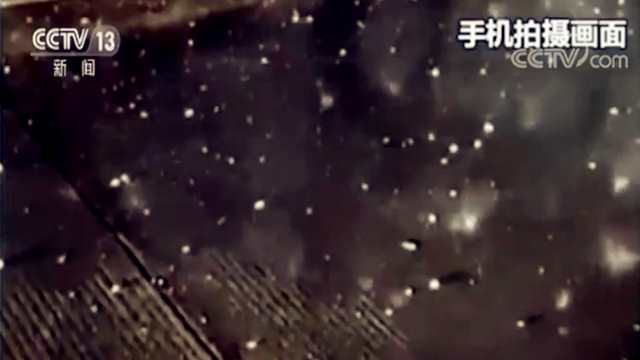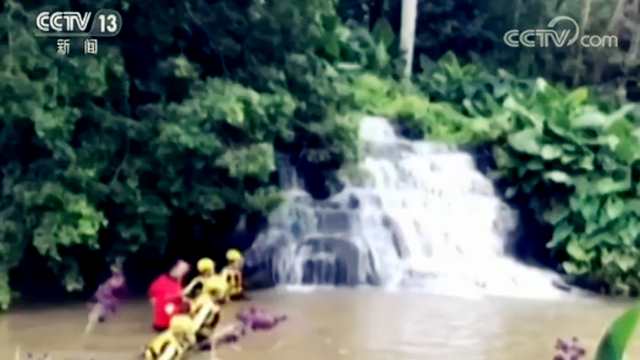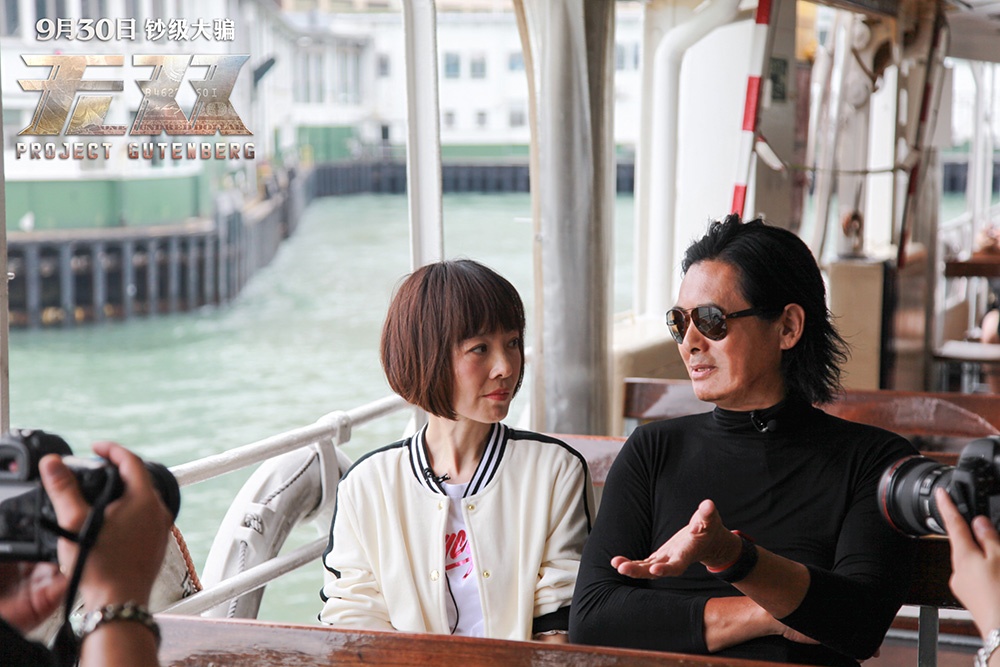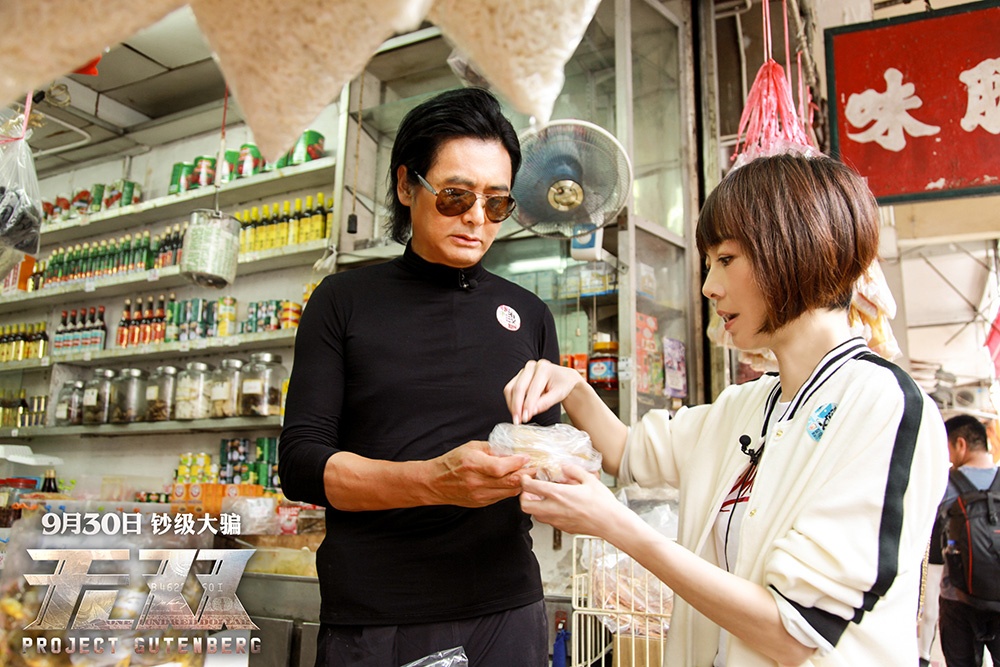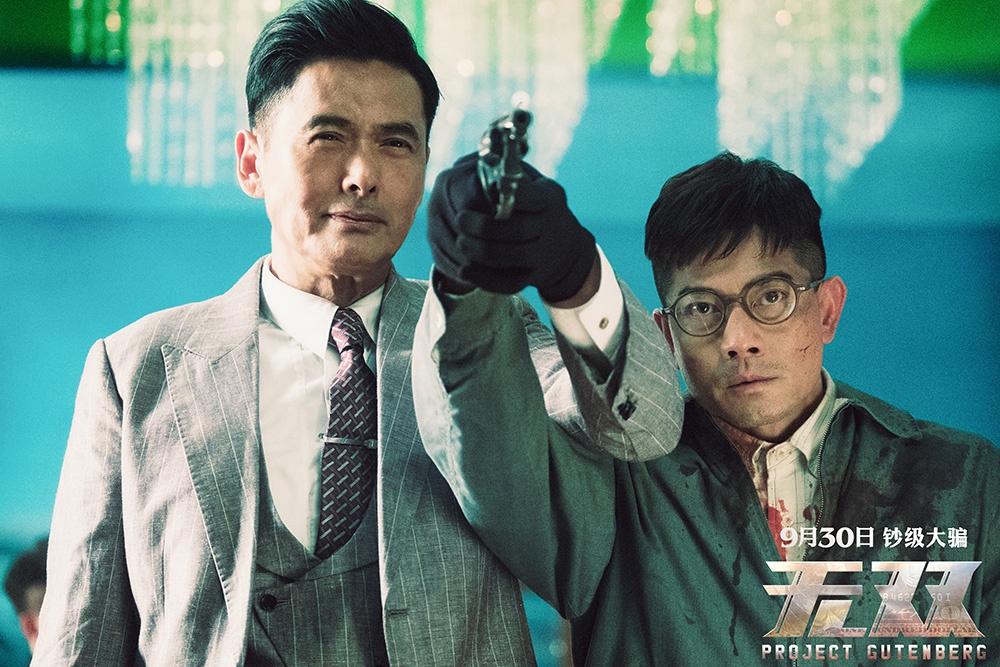Recently, our hospital issued "About Doing Well"2024Notice on the registration of the entrance examination for ordinary colleges and universities in.In order to make candidates know more about the relevant policies of college entrance examination registration,The interpretation of the registration method is as follows:
1. Which candidates need to register for the college entrance examination?
Anyone who participates in our province2024Candidates who are enrolled in colleges and universities of the following types are required to register for the college entrance examination:
oneCandidates who take the unified entrance examination for ordinary colleges and universities (including the unified national entrance examination for ordinary colleges and universities and the selective examination for the academic level of ordinary high schools in our province, the same below);
2Candidates who have taken the corresponding entrance examination for ordinary colleges and universities (including those who have won the relevant vocational skills competitions);
three. Candidates who take separate entrance examinations for higher vocational colleges (including retired soldiers, migrant workers, laid-off and unemployed people, new-type professional farmers and employees in enterprises, exemption students who won vocational skills competitions, and training plans for farmers’ college students, etc.);
fourCandidates who take separate examinations (or are exempted from examinations) organized by ordinary colleges and universities and who are admitted separately include students walking, strong foundation program, junior classes in colleges and universities (China University of Science and Technology, Southeast University, Xi ‘an Jiaotong University), physics excellence program (Peking University), physics climbing program (Tsinghua University), mathematics leading program (Tsinghua University), mathematics elite classes (Peking University, Tsinghua University), sports training, martial arts and national traditions.
five6-year-old junior high school students are trained at public expense;
six.Other candidates who need to register for the college entrance examination as stipulated by the Ministry of Education, such as classes in the mainland of Tibet.
2. What conditions do people with household registration in our province need to apply for the college entrance examination?
oneAbide by the Constitution and laws of People’s Republic of China (PRC);
2Graduated from senior secondary education school or equivalent;
threePhysical condition meets relevant requirements.
3. What conditions do people who are not registered in Hunan Province need to apply for the college entrance examination?
oneAbide by the Constitution and laws of People’s Republic of China (PRC);
2Physical condition meets relevant requirements;
three.Graduates of ordinary high schools in recent years and past years must be qualified to study in ordinary high schools in our province since the first year of high school, obtain the school status, and take the qualification examination of ordinary high schools in our province, and their parents live in the local area.oneConditions for more than one year. Graduates from secondary vocational schools (including technical schools) must be eligible for continuous study in secondary vocational schools in our province.2Years or more (including2Years), and have the conditions to attend school.
4. Can candidates with college student status register for the college entrance examination?
According to the relevant regulations of the Ministry of Education, college students with general higher education qualifications or candidates who have been admitted to colleges and universities and retain their admission qualifications.You are not allowed to register for the college entrance examination. Candidates are requested to know their own situation in time and handle it properly to avoid influence.2024Register for the college entrance examination in 2008.
5. Who can’t register for the college entrance examination?
1. College students with general higher education qualifications, or students who have been admitted to ordinary colleges and universities and retain their admission qualifications;
2. Students who are not graduating from senior secondary education schools (except as otherwise stipulated by the Ministry of Education, such as applying for juvenile classes, physics Excellence plans, physics climbing plans, mathematics leading plans and mathematics elite classes);
3. Fresh graduates who signed up by fraudulent means in the non-graduation year of senior secondary education and illegally participated in the entrance examination of ordinary colleges and universities (including the national unified examination, provincial unified examination and the entrance examination organized by colleges and universities separately);
4. Persons who have been suspended from taking the college entrance examination for violating the provisions of the national education examination and are in the suspension period;
5. Those who have been taken compulsory measures by the relevant departments or are serving sentences for violating the criminal law, among them, minors shall be executed in accordance with relevant laws and regulations.
6. When is the college entrance examination registration and payment?
2024The registration time of college entrance examination in our province in was unified as follows2023year10moon23Solstice31Days (excluding weekends). The registration and payment time of juvenile class, physics Excellence Plan, physics climbing plan, mathematics leading plan and mathematics elite class are arranged centrally in2024yearthreemoonfourSolsticesixDay. During the registration period, candidates must log in to the designated system to register for the college entrance examination and pay the college entrance examination registration fee (registration fee40Yuan, in accordance with the regulations of Xiangfa to change the price and fee [2023〕468Document No.1 stipulates the implementation.).
Candidates who choose to participate in the unified entrance examination for ordinary colleges and universities or the corresponding entrance examination for ordinary colleges and universities must also2024yearfourmoon10sun-5moon10During the day, log in to the designated system to pay the college entrance examination fee (including the entrance examination fee and the selective examination fee for the academic level of ordinary high schools, the same below), and only after successfully paying the college entrance examination fee can you print the admission ticket and take the corresponding examination (the college entrance examination fee is different according to the different types of examinations that candidates take, and the charging standard is in accordance with the Xiangfa Price Change Regulation [2023〕468Document No.1 stipulates the implementation).
7. When is the registration and payment for the art and sports exams?
Candidates who apply for the unified examination of art and sports must be in2023year11moononeSolsticenineRegister in the designated system and pay the registration fee for the unified examination (the charging standard is in accordance with the Xiangfa price change fee regulation [2023〕468Document No.1 stipulates the implementation). Candidates who choose to take the unified examination for arts and sports majors in the province must also fill in the information such as the professional examination category, main item (direction or special item) and auxiliary item (auxiliary item) that they have applied for, and bind a valid mobile phone number that can receive short messages.
Special reminder:Candidates who apply for art and sports majors can print their professional examination certificates and take the unified examination for art and sports majors in the province only after they register and successfully pay the registration examination fee. Candidates must carefully choose the professional category to apply for, and after the registration of the professional unified examination, they will no longer accept supplementary reports or modify the application information of the professional unified examination.
8. What are the specific requirements for candidates to take part in the college entrance examination?
1. Fresh graduates of senior secondary education schools in Hunan Province with household registration should register at the designated registration point in the county (city, district) where the household registration or student status is located.
2. Non-fresh graduates of senior secondary education schools in Hunan Province with household registration will register at the designated registration point of the county (city, district) admissions examination department where the household registration is located. Non-fresh graduates of senior secondary education schools with household registration in Hunan Province who attend remedial schools (which must be established with the approval of the administrative department of education) can register at the registration point designated by the entrance examination department of the county (city, district) where the school is located.
3. Candidates who have household registration in Hunan Province but are enrolled in other provinces, if they apply in our province, must register at the designated registration point of the county (city, district) admissions examination department where the household registration is located.
4. The children of migrant workers from other provinces should register at the designated registration point in the county (city, district) admissions examination department where the senior secondary education school is located.
5. Candidates who meet the qualifications of junior classes, physics excellence plan, physics climbing plan, mathematics leading plan and mathematics elite class in colleges and universities should register at the designated registration point in the admissions examination department of the county (city, district) where the school is located.
6. The six-year undergraduate oriented training at public expense at the starting point of junior high school should be registered at the registration point of their school.
7. Students from Hongkong, Macau and Taiwan Province who meet the registration conditions in our province, as well as foreign nationals who have settled in our province and meet the registration conditions, should apply for registration at the registration point designated by the entrance examination department of the county (city, district) where they are enrolled or live.
8. Candidates for classes in the mainland of Tibet should register at the registration point designated by the admissions examination department of the county (city, district) where the school is located.
9. Candidates who really need to register across cities (states) and counties (cities, districts) due to special reasons such as parents’ job transfer, please contact the admissions examination departments of cities (states) and counties (cities, districts).
9. What is the designated system for college entrance examination registration?
Candidates are required to register and pay fees through the designated system. The designated system for candidates’ registration and payment is:
oneComprehensive information platform for college entrance examination candidates in Hunan Province (hereinafter referred to as "comprehensive information platform for candidates", website:
2Mobile terminal: "Xiaoxiang College Entrance Examination"APP(Download through Apple App Store, Tencent App Store, Huawei App Market, Xiaomi App Store or "Candidates Integrated Information Platform" homepage).
10. What is the registration procedure for the college entrance examination?
(1) Preliminary examination of registration qualifications.
Candidates should submit relevant certification materials at the registration point, and the registration point must examine the candidates’ registration qualifications according to the conditions of college entrance examination registration. The materials provided by candidates at the time of registration must be true, valid and complete. For fraud, such as the use of forged documents, certificates, files and other materials to obtain the qualification for registration examination, will be based on the "National Education Examination Violation Measures" (Ministry of Education Decree No.33No.) give corresponding treatment. After the preliminary examination of the registration point is qualified, the candidate’s resident ID card information and photo information are collected, the candidate’s registration serial number is assigned, and the Hunan Province is issued2024Registration Form for College Entrance Examination Candidates in 2008 (draft form) and other materials.
(2) Candidates log on to the designated system for online registration.
oneCandidates log in to the designated system (the first time they log in to the system with information such as name and ID card validity period) and pay the college entrance examination registration fee.
2Complete the real person authentication through the system.
three. Set the system "login" password and "save" password.
fourCandidates log in to the system through security authentication, carefully read the relevant contents of the Letter of Commitment for Candidates’ Integrity Examination and confirm their consent.
fiveFill in the basic information of the selected subjects and individuals (except the information on the identity documents). The results of the selective examination of the academic level of ordinary high schools are included in the total score of the college entrance examination, and candidates must accurately fill in their elective subjects according to their actual situation when registering for the college entrance examination. Other relevant information shall be input by the examinee himself according to the relevant requirements.
sixWithin the specified time (2023yeartwelvemoon31the other day), upload the first page of the household registration book (including address information) and the electronic picture of my household registration page, and select the address information of the household registration book (selected to the street and township level).
(3) Registration pointCheck whether the electronic picture of the candidate’s residence booklet and the address information of the residence booklet are consistent, andPrint Hunan Province2024The Registration Form for Candidates of College Entrance Examination in 2008 is for candidates to proofread.
(4) Candidates check my "Hunan Province"2024Registration Form for College Entrance Examination Candidates in 2008 and sign it for confirmation.
XI. What are the requirements for uploading personal photos?
(1) Basic requirements
oneThe registration image should use the digital image file of the applicant’s recent (usually within the registration year) face bareheaded color avatar.
2The image should truly express the candidate’s appearance. It is forbidden to mirror or rotate the whole or part of the image. Do not technically treat portrait features (such as scars, moles, hairstyles, etc.).
threeThe image should be focused accurately, with clear levels, true colors and no obvious distortion.
fourIn addition to the avatar, no borders, words, patterns and other contents may be added.
(2) Photographing requirements
oneBackground: it should be uniform without gradual change, and there should be no shadows, other people or objects. Can choose light blue [reference valueRGB(100,197,255)], white (reference value)RGB(255,255,255)] or light gray [reference valueRGB(240,240,240)〕。
2Character posture and expression: Sit upright, have a natural expression, open your eyes naturally and look straight, have symmetrical ears, balance your left and right shoulders, and close your lips naturally.
threeGlasses: Those who often wear glasses should wear glasses, but they are not allowed to wear colored (including contact) glasses. The glasses frame should not block the eyes, and the glasses should not reflect light.
fourOrnaments and shields: head coverings are not allowed (when necessary for religion, medical care and culture, it is not allowed to shield the face or create shadows). Do not wear earrings, necklaces and other accessories. Hair should not cover eyebrows, eyes and ears. Do not wear makeup.
fiveClothing: it should be clearly distinguished from the background color. Avoid complicated patterns and stripes.
12. What should I pay attention to when filling in information online for the college entrance examination?
1. Candidates must carefully upload the electronic picture of the household registration book as required, and the relevant information of the electronic picture of the household registration book will be used as the audit basis for volunteering and admission of enrollment types with household registration requirements. The candidates themselves will be responsible for the failure to fill in the volunteering or admission due to the failure of uploading or uploading errors.
2.Candidates should truthfully, accurately and completely fill in their registration information such as exam type, exam language and elective subjects before the deadline for registration, and carefully verify it. It will not be revised after the deadline for registration.
3.Candidates must strictly abide by the relevant operating requirements of information security, and keep their passwords properly. When modifying information through the system, they must correctly enter the "save" password to confirm the success of information saving. The candidates themselves are responsible for the consequences of information tampering caused by revealing their passwords to others or entrusting them to fill in the report.
4.Because the candidates did not register at the prescribed place as required, they were not in Hunan Province.2024If the registration form of college entrance examination candidates in 2000 is signed and confirmed, and the registration information is wrong due to the reasons of the candidates themselves, thus affecting the follow-up examination, voluntary reporting, admission and student registration, the candidates themselves shall bear the corresponding consequences.
Thirteen, what are the categories of art majors?
According to the relevant documents, the art majors that organize the professional ability examination are divided into music, dance, performance, broadcasting and hosting, art and design, calligraphy and opera.sevenA family. Among them, music, dance, performance, broadcasting and hosting, art and design, calligraphy.sixThe provincial-level unified examination of various subjects is organized and implemented by our province in a unified way. The examination subjects and test propositions of various subjects are based on the unified examination of music, dance, table (guide), broadcasting and hosting, art and design, calligraphy and other majors in ordinary colleges and universities in Hunan Province [2023〕2Number). Candidates may, according to their professional expertise, refer to the corresponding relationship between the art professional catalogue and the unified examination subjects and the requirements of related universities, and take the unified examination from the whole province.sixChoose from three families and categoriesoneEnter oneself for an examination in a corresponding subject. Candidates who have registered for the provincial unified examination can also apply for the opera examination.The content, registration method, examination form and examination time of traditional Chinese opera examination will be notified separately in accordance with the relevant provisions of the Ministry of Education.
Candidates who apply for the table (guide) performance category can also report the corresponding examination subjects in the table (guide) performance category, such as drama performance direction, costume performance direction and drama film and television director direction.
Candidates who apply for music can also report the corresponding examination subjects in the direction of music performance and music education.
Fourteen, how do candidates such as juvenile classes register for the college entrance examination?
Non-graduating students who are actually studying in middle schools in our province and meet the qualifications of junior classes, physics Excellence Plan, physics climbing plan, mathematics leading plan and mathematics elite class in colleges and universities, register for the college entrance examination according to the qualification list provided by the enrollment institutions.
If candidates need to take the college entrance examination, the test scores obtained can only be used as the admission basis for entering the junior class, physics Excellence Plan, physics climbing plan, mathematics leading plan and mathematics elite class in colleges and universities, and cannot be used as the basis for other types of admission in ordinary colleges and universities in that year.
Fifteen, with our province’s household registration but student status in other provinces of graduates how to conduct qualification review?
Candidates who have household registration in Hunan Province but are enrolled in other provinces, if they apply in our province, must register at the designated registration point of the county (city, district) admissions examination department where the household registration is located. When applying for registration, candidates must provide their resident ID card and graduation certificate from other provinces’ senior secondary education schools (the current students provide the school registration certificate issued by the education administrative department, and the previous students provide the graduation certificate from other provinces’ senior secondary education schools).
Sixteen, why should we ensure that the identity card and account information are consistent and effective?
Candidates’ personal resident identity card information should be consistent with the household registration book. If the household registration is changed due to the change of the main item information, the relocation of home address, the adjustment of administrative divisions, etc., they must go to the public security department in time to apply for a new household registration book and resident identity card to ensure that the household registration book and resident identity card information are consistent with the current household registration information of the public security department. Resident ID card is an important proof of identity for college entrance examination registration, examination, admission and university registration. After the candidates use the ID card to register, they should not modify the key information of the ID card (such as name, photo, gender, date of birth, nationality, etc.) before entering the university for registration, so as to avoid the subsequent examination, admission and university registration being affected due to inconsistent information.
Seventeen, how to judge the candidate’s household registration book address and ID card address information is consistent?
1. The household address of the candidate’s household registration book (referring to the "address" on the first page of the household registration book where the candidate is registered) is consistent with the "administrative division name+standard place name+door (building) brand+door (building) detailed address" of the resident ID card address, and it is deemed that the ID card address is consistent with the household address. Such as:
Household registration address:Hecheng District, Huaihua City**subdistrict/neighbourhood office**community**road**residential community**building**number
ID card address:Hecheng District, Huaihua City**road**residential community**building**number
The above underlined words are the same, that is, the candidate’s household registration book and ID card address information are consistent.
2. The household address of the candidate’s household registration book (referring to the "address" on the first page of the household registration book where the candidate is registered) is consistent with the "administrative division name+village+door (building) detailed address" of the resident ID card address, and it is deemed that the ID card address is consistent with the household address. Such as:
Household registration address:Liuyang city**town**Police station**village**group**number
ID card address:Liuyang city**town**village**group**number
The above underlined words are the same, that is, the candidate’s household registration book and ID card address information are consistent.
Eighteen, the registration information is wrong, can I still modify it?
When registering online, candidates must fill in their registration information seriously, carefully and truthfully. If the registration information is wrong, you can modify it at any time during the registration period. After the deadline for online registration, candidates can no longer modify their registration information.
19. How do candidates choose a graduation school?
Candidates truthfully choose their own high school or secondary vocational school through the online registration system. Candidates from other places in this province who are enrolled in the household registration can choose the actual graduation school in the non-household registration place step by step through the system menu when choosing the graduation school. Candidates studying in other provinces return to our province’s household registration, which can be selected from the province options through the system menu."Outside Hunan Province", select "Middle School Outside Hunan Province" in the middle school option. Please choose your own high school or secondary vocational school, and don’t choose the school where you repeat. If there is no school I graduated from in the system, please select ""in the city and state options through the system menu.00Provincial ",select" in the county options.0002 Social candidates only ",select" middle school in the province "in the middle school option.
Twenty, this year’s examinee’s student number is not?How to fill in the 12, 16 or 19 digits?
If the student registration number of this year’s candidates is nottwelve、16or19A, must be used after the student number "0"make up totwelve、16or19Bit.
Twenty-one, how to fill in the candidate’s resume?
Fill in the form of reverse chronological order to the primary school stage.
22. Can the registration fee and examination fee be refunded after payment?
The college entrance examination registration fee, the college entrance examination fee, and the examination fee for the art and sports unified examinations must be paid by themselves through the designated system. Candidates must open WeChat payment, Alipay payment or UnionPay online payment in advance. Candidates are required to pay the corresponding fees according to the individual application, so as to avoid underpayment or overpayment, so as not to affect the examination arrangement. After the college entrance examination registration fee, the college entrance examination examination fee and the examination fee for the art and sports unified examinations are paid successfully, if the candidates are unable to take the examination due to errors in reporting, disqualification or personal reasons, the fees paid will not be refunded. Candidates who fail to make registration confirmation and payment according to the specified requirements are deemed to have given up the application.
 




